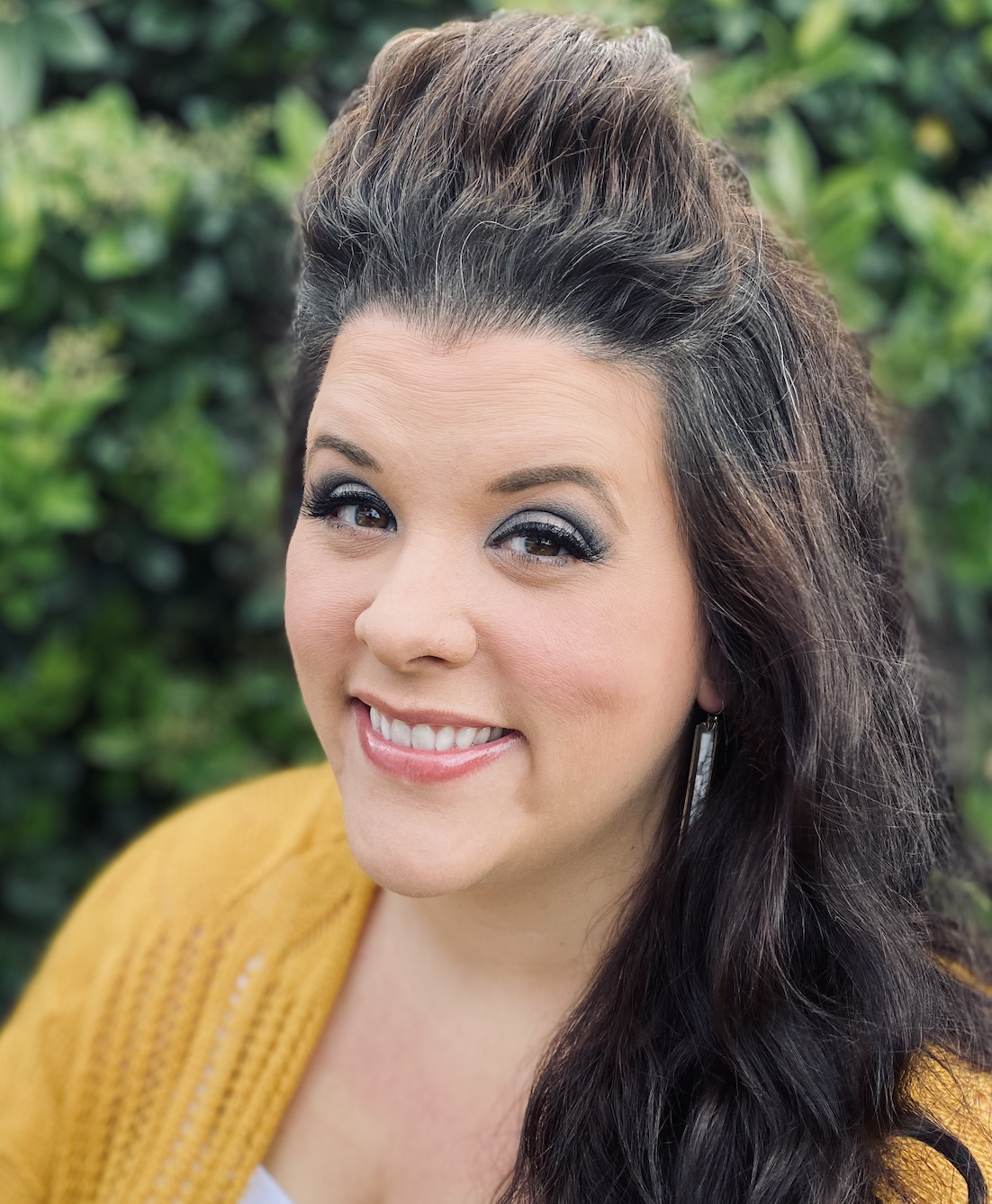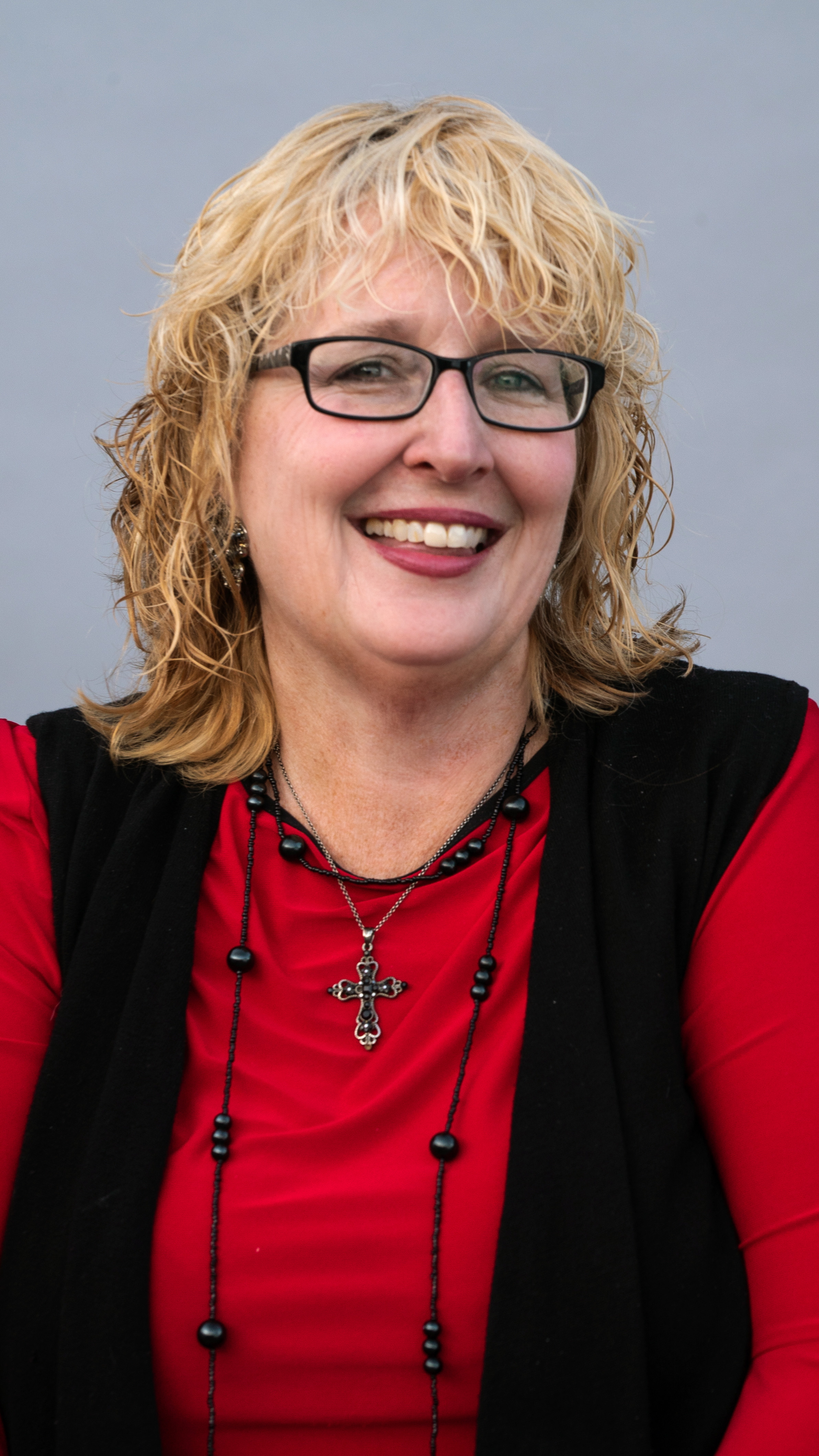Be You: Building Belonging Through Storytelling
,
Colorado Convention Center, 403/4
Presenters



Session description
Purpose & objective
This session aims to provide educators with a powerful blend of strategies to infuse Social and Emotional Learning (SEL) principles into their classrooms through the engaging medium of storytelling. By leveraging the power of moviemaking and mentor texts like "Be You" and "The Best Part of Me," we will explore how this unique approach can enhance student engagement, build belonging, and promote equity in diverse educational contexts.
By the end of this session, attendees will have gained the knowledge and practical experience needed to integrate SEL principles into their classrooms through the use of moviemaking. They will leave with concrete strategies, resources, and a deeper understanding of how storytelling and technology can contribute to student growth and emotional well-being.
Outline
1. Welcome, presenter introductions/ introduction of the backchannel discussion presenters will use to collect audience questions and interact during the session. Provision of resource links. 5 minutes
2. Description of educational context in which presenters work (i.e. student and community demographics, barriers) Identifying the barriers: Structuring opportunities to build equity and social-emotional skills. 5 minutes
3. Storytellling and SEL. Presenters will share research as they connect storytelling to the learning process and brain science emphasizing its appeal and impact on student engagement, social-emotional growth, and students understanding of themselves as learners. 5 minutes
4. Introduce literary mentor texts, “Be You” and “The Best Part of Me” Highlight several student moviemaking projects based on the texts. 10 minutes
5. Attendees will choose one of the texts and projects to create their own movie or audio story as a teacher example for their class. They will use a video editing software of their choice to execute this task. Suggestions include: WeVideo, Adobe Express, IMovie, Canva, or Wave Video. The audio choice will be Audacity. 50 minutes
6. Viewing Party - several attendee projects will be shown and discussed as a group. During this discussion, presenters will focus on the importance of authentic audiences for student work and how to structure critical feedback to build creative confidence and growth. 5 minutes
7. Presenters will briefly identify potential pitfalls when creating this project with students and make recommendations for a smooth production process. 5 minutes
8. Closing, questions from the backchannel, and additional resources. 5 minutes
Supporting research
Pack, J. (2021). Moviemaking in the Classroom: Lifting Student Voices Through Digital Storytelling.
Pack, J. and Terlaje, G. (2023). Storytelling Saves the World on Apple Podcasts. https://podcasts.apple.com/us/podcast/storytelling-saves-the-world/id1480027684
Bernard, R. (2016, December). The power of digital storytelling to support teaching and learning - ed. https://files.eric.ed.gov/fulltext/EJ1125504.pdf
Gallo, C. (2019). Storytelling to Inspire, Educate, and Engage. American Journal of Health Promotion, 33(3), 469–472. https://doi.org/10.1177/0890117119825525b
Hellerich, K. (2021, September 8). An exercise in digital storytelling. Edutopia. https://www.edutopia.org/article/exercise-digital-storytelling
Peterson, L. (2018, October 17). The Science Behind The Art Of Storytelling. Harvard Business Publishing: Corporate Learning. https://www.harvardbusiness.org/the-science-behind-the-art-of-storytelling/
Vu, V., Warschauer, M., & Yim, S. (2019). Digital Storytelling: A District Initiative for Academic Literacy Improvement. Journal of Adolescent & Adult Literacy, 63(3), 257-267. https://doi.org/10.1002/jaal.962
Zak, P. J. (2013, December 13). How Stories Change the Brain. Greater Good Magazine. https://greatergood.berkeley.edu/article/item/how_stories_change_brain
Session specifications
Tablet: Android, iOS, Windows
Facilitator
- Model and nurture creativity and creative expression to communicate ideas, knowledge or connections.
Creative Communicator
- Students create original works or responsibly repurpose or remix digital resources into new creations.
- Students communicate complex ideas clearly and effectively by creating or using a variety of digital objects such as visualizations, models or simulations.
 Return
Return Participate and share: Interactive session
Participate and share: Interactive session  Trips and Tours
Trips and Tours